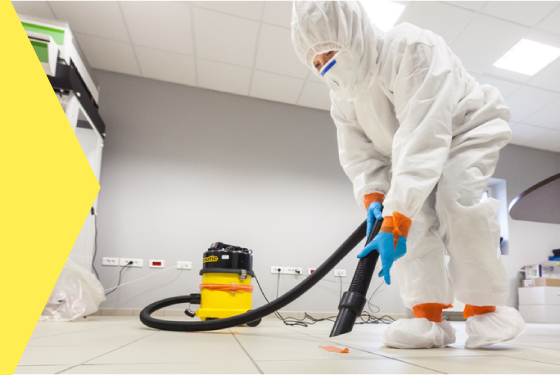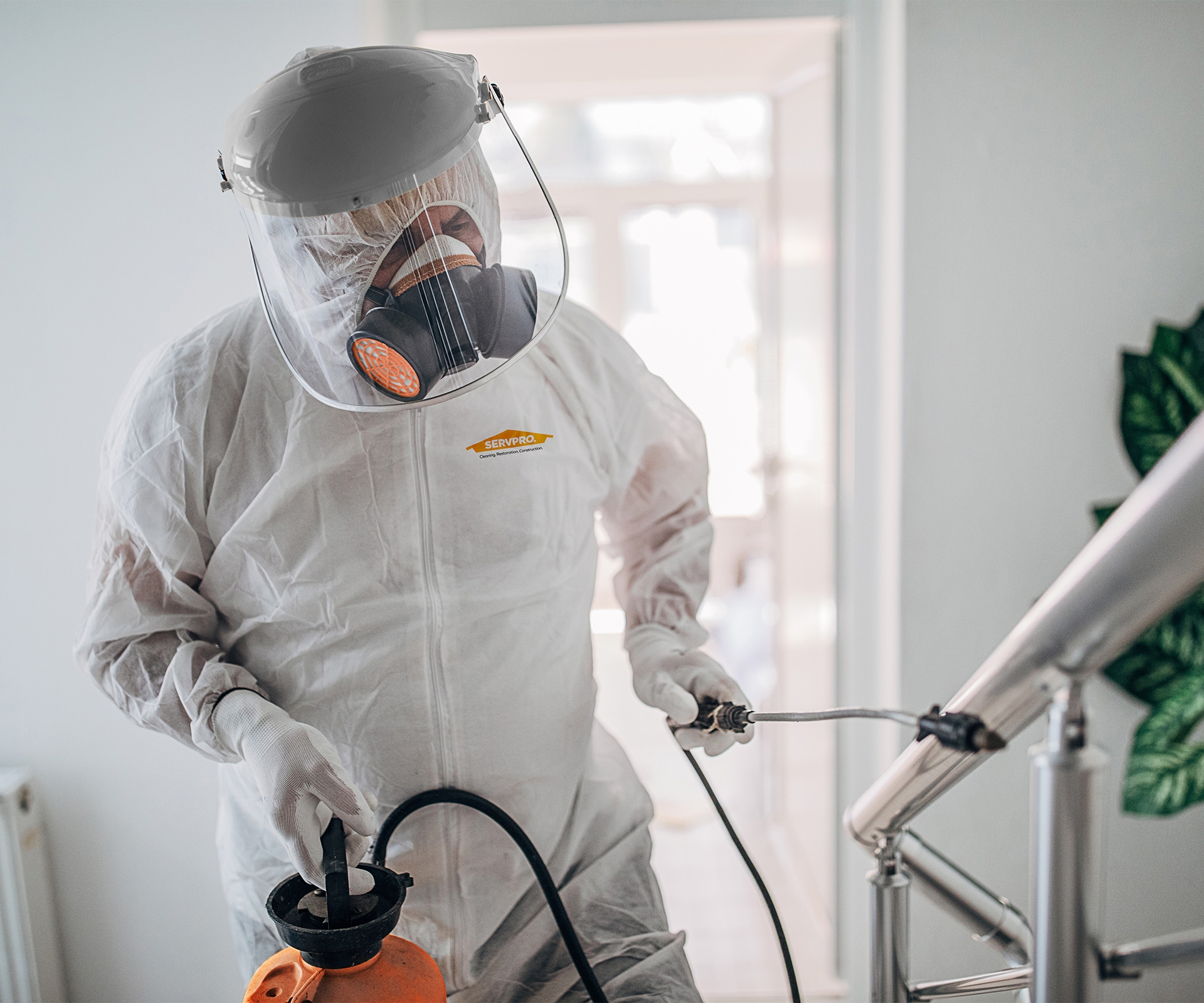Sewage Cleanup Services: Fast and Safe Remediation of Contaminated Areas
Sewage Cleanup Services: Fast and Safe Remediation of Contaminated Areas
Blog Article
Professional Biohazard Cleaning and Purification for Blood, Bodily Fluids, and Hazardous Materials
The potential health dangers associated with direct exposure to biohazards highlight the crucial requirement for precise handling and thorough clean-up. As we browse the elaborate landscape of biohazard cleanup, comprehending the nuances of regulations, compliance, and the specialized tools at play ends up being critical in making sure a risk-free and detailed purification process.
Health Risks of Biohazard Direct Exposure
Exposure to biohazards presents significant health threats that can lead to serious repercussions for communities and individuals alike. Biohazards incorporate a vast array of organic substances, including blood, bodily fluids, mold, microorganisms, viruses, and various other possibly transmittable products. When individuals come right into contact with these biohazards, whether through crashes, improper handling, or ecological exposure, they face the danger of having significant health problems or illness.
One of the primary health and wellness risks related to biohazard direct exposure is the transmission of transmittable diseases. Bloodborne microorganisms such as HIV, hepatitis B and C, and various microorganisms can be present in biohazardous products, presenting a straight danger to human wellness. Breathing in airborne biohazards like mold and mildew spores or entering contact with polluted surface areas can also cause respiratory system problems, allergic reactions, and other damaging wellness effects.
Additionally, biohazard direct exposure can have long-lasting health and wellness ramifications, with some illness manifesting years after the initial call (Blood Cleanup). As a result, it is crucial to prioritize correct biohazard cleansing and purification to minimize these health and wellness threats and make certain the security of neighborhoods and individuals

Specialized Educating for Biohazard Cleanup
When it concerns managing biohazard cleaning effectively and securely, specialized training plays a fundamental role in making certain correct decontamination treatments are adhered to. Biohazard clean-up needs specific knowledge and abilities to effectively minimize threats connected with bloodborne pathogens, physical liquids, and harmful products. Specialists learnt biohazard cleaning go through strenuous direction on how to securely handle, eliminate, and throw away biohazardous products to stop contamination and exposure.
Specialized training for biohazard clean-up covers a variety of vital subjects, including correct personal safety equipment (PPE) usage, bloodborne microorganism recognition, purification methods, and hazardous waste disposal protocols. Individuals learnt biohazard cleanup are geared up with the essential experience to examine contamination levels, determine potential risks, and execute proper cleaning treatments in conformity with governing requirements.
Constant training and education and learning are vital in the area of biohazard cleaning to stay upgraded on the most recent purification modern technologies, safety and security methods, and policies. By purchasing specialized training, biohazard clean-up professionals can successfully react to emergency cleaning situations and secure both public health and wellness and the atmosphere.
Value of Appropriate Decontamination Strategies
Making use of correct decontamination methods is crucial in biohazard cleaning to successfully get rid of dangerous materials and lessen health and wellness threats. Efficient decontamination not only makes certain the removal of noticeable traces of blood, bodily liquids, and other biohazards however also targets unnoticeable pathogens that may pose serious wellness hazards otherwise appropriately removed. By adhering to stringent purification procedures, trained professionals can considerably reduce the danger of exposure to unsafe microorganisms, infections, and germs that can lead to infections or diseases.
Appropriate decontamination techniques involve the use of customized equipment and anti-bacterials that are particularly designed to reduce the effects of biohazards properly. Complete cleansing and sanitation of polluted locations are important to avoid the spread of pathogens and guarantee a safe environment for passengers. Additionally, the correct disposal of biohazardous waste adhering to purification procedures is essential in preventing contamination of various other surface areas or people.

Equipment and Tools for Safe Clean-up
The appropriate equipment and devices play an important duty in making certain the effective and risk-free cleaning of biohazardous products. When taking care of blood, physical fluids, or harmful materials, biohazard cleansing professionals depend on specialized gear to reduce exposure risks and completely sanitize the affected area. Personal protective tools (PPE) such as gloves, goggles, masks, and coveralls are important to protect versus direct contact with potentially contagious products. In addition, biohazard cleaning sets consisting of anti-bacterials, absorbing products, and biohazard bags are utilized to securely consist of and dispose of infected items. Blood Cleanup.
Advanced cleaning tools like hospital-grade anti-bacterials, HEPA-filtered vacuum cleaners, and fogging machines are used to sterilize surfaces and remove biohazards efficiently. Specialized tools such as sharps containers and biohazard waste disposal containers are utilized to securely handle sharp objects and biohazardous waste materials. By making use of the ideal tools and tools, biohazard cleaning professionals can guarantee a detailed cleaning process that focuses on safety and security and lessens wellness threats for both employees and occupants of the damaged area.
Regulations and Compliance in Biohazard Cleaning
Proper adherence to laws and conformity requirements is vital in biohazard cleaning to guarantee the safety of both employees and the atmosphere. Government companies such as OSHA (Occupational Safety And Security and Wellness Management) and the EPA (Epa) have actually established certain standards for biohazard cleaning treatments to lessen wellness threats and environmental contamination. These guidelines cover a variety of elements including the handling, transportation, and disposal of biohazardous products, along with the needed training and protective devices needed for personnel entailed in the cleaning process.
Biohazard cleansing firms must stay updated with these laws to ensure that their procedures satisfy the needed safety and security criteria. Failing to comply with these policies can result in extreme consequences, including fines, lawsuit, and endangering the wellness of people and the setting. By adhering to rigid guidelines and compliance steps, biohazard cleaning firms can successfully reduce threats and make sure a risk-free and detailed cleaning procedure for all events included.
Verdict
Finally, biohazard cleansing and purification call mold remediation for customized training, appropriate strategies, and adherence to regulations. Direct exposure to blood, bodily liquids, and hazardous products positions considerable wellness threats, making it crucial to make use of the right devices and tools for secure cleaning. By complying with strict protocols and standards, professionals can effectively minimize the risks associated with biohazard direct exposure and make sure the safety of both themselves and others.
As we browse the elaborate landscape of biohazard cleaning, comprehending the subtleties of regulations, conformity, and the customized tools at play ends up being essential in ensuring a extensive and risk-free purification process. (Blood Cleanup)
When it comes to managing biohazard clean-up successfully and safely, specialized training plays an essential function in ensuring appropriate purification treatments are complied with.Making use of correct decontamination methods is critical in biohazard clean-up to properly eliminate unsafe products and lessen health dangers. Additionally, biohazard cleaning kits containing anti-bacterials, absorbing materials, and biohazard bags are utilized to safely get rid of and consist of of infected products.
Government firms such as OSHA (Occupational Safety and Health And Wellness Administration) and the EPA (Environmental Security Firm) have established details guidelines for biohazard cleanup treatments to decrease wellness threats and ecological contamination.
Report this page